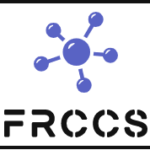
Top 3 in the Young Researcher Award
While I have been messing up with predatory events and prizes (see for example here) I actually got selected for…
– Social Complexity –


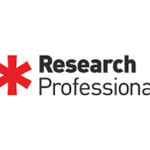
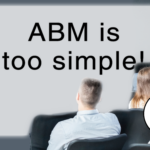


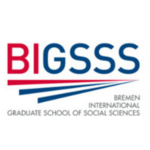

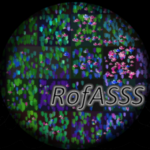
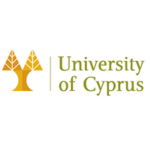
Seamless Theme Just Pretty, made by Altervista
Create a website and earn with Altervista - Disclaimer - Report Abuse